federal Court Records
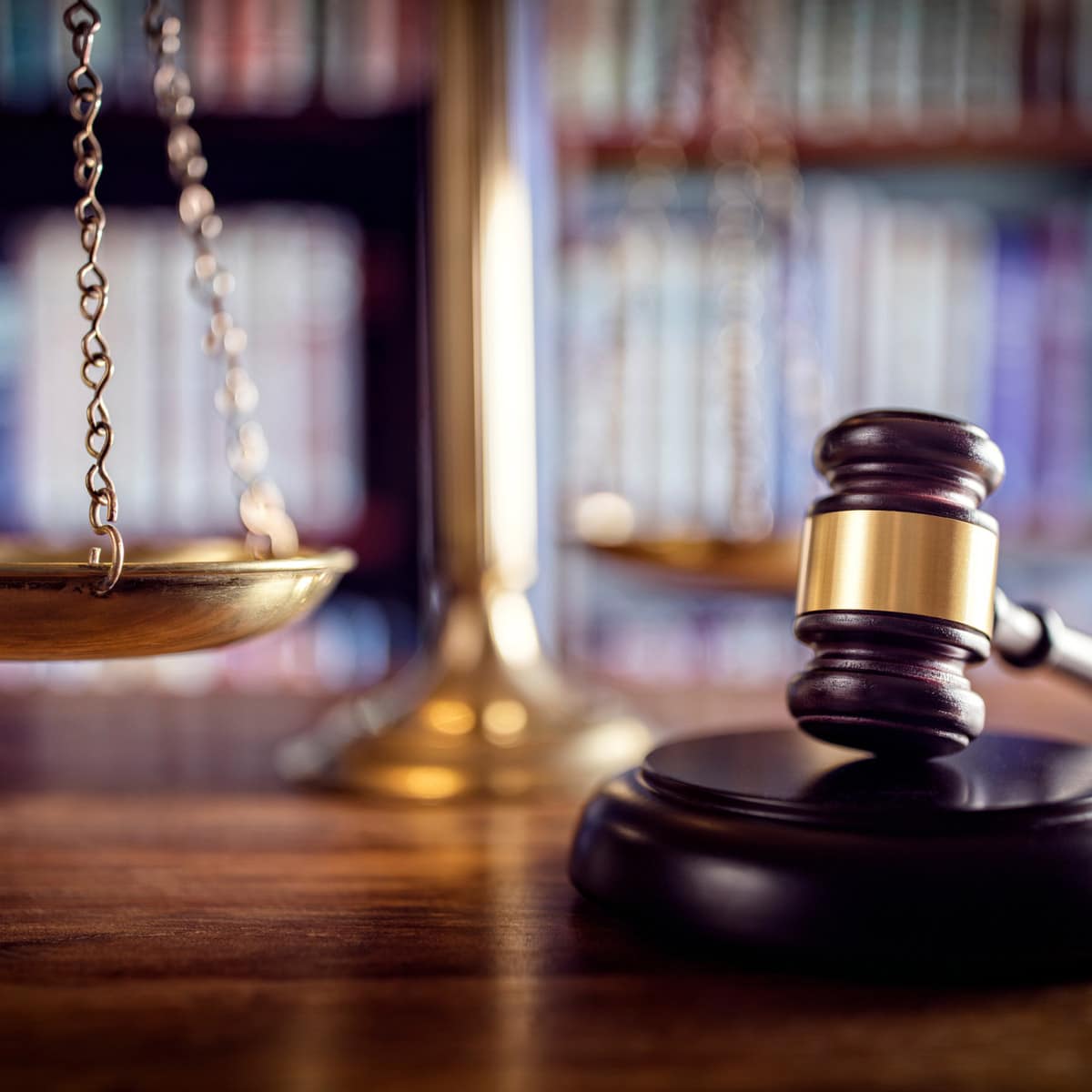 In the U.S. federal court system there are 12 circuit and 94 district courts below the U.S. Supreme Court. The circuit courts are appeals (appellate) courts and the district courts are trial courts. Each circuit is comprised of several states while each district court may serve a portion of a large state (such as New York and California, which each have four districts) or an entire smaller state, such as Rhode Island.
In the U.S. federal court system there are 12 circuit and 94 district courts below the U.S. Supreme Court. The circuit courts are appeals (appellate) courts and the district courts are trial courts. Each circuit is comprised of several states while each district court may serve a portion of a large state (such as New York and California, which each have four districts) or an entire smaller state, such as Rhode Island.
The appellate court determines if laws were correctly applied in verdicts handed down by trial courts within its jurisdiction. Instead of a jury, cases are heard by a panel of judges.
Each state and the District of Columbia has at least one federal district court. Federal district trial courts are divided into criminal and civil divisions, as well as usually having separate bodies that deal with bankruptcy and the armed forces or veterans’ issues. Not every district has a bankruptcy court, in which cases are handled by a three-judge panel.
In civil trials, defendants may waive the right to be heard by a jury, allowing a judge to consider the case and render a verdict. Federal circuit and district judges are called Article III judges because those positions were created by Article III of the United States Constitution, which established the federal judiciary. Nominated by the President, these judges are confirmed by Senators and have a life term on the bench.
In order to be considered for federal court, a civil case must meet certain criteria: the penalty sought must be at least $75,000 and involve residents of different states or countries. Class-action suits, such as many injured parties suing a manufacturer, meet these criteria.
In federal criminal cases, the U.S. Attorney convenes a grand jury of citizens and presents evidence to them. The grand jury decides if the case meets minimum requirements to go forward as a criminal trial. Prior to trial the defendant has an opportunity during the arraignment process to plead his innocence or guilt. According to government statistics, 90 percent plead guilty and do not go to trial but are sentenced by the judge. When an individual is on trial in federal court the onus is on the U.S. Attorney to meet a standard referred to as the burden of proof, which means demonstrating to the judge (in the case of a bench trial, when the right to a jury is waived) or jury that the defendant is guilty beyond a reasonable doubt.
Geographic Boundaries of U.S. Courts of Appeals and U.S. District Courts
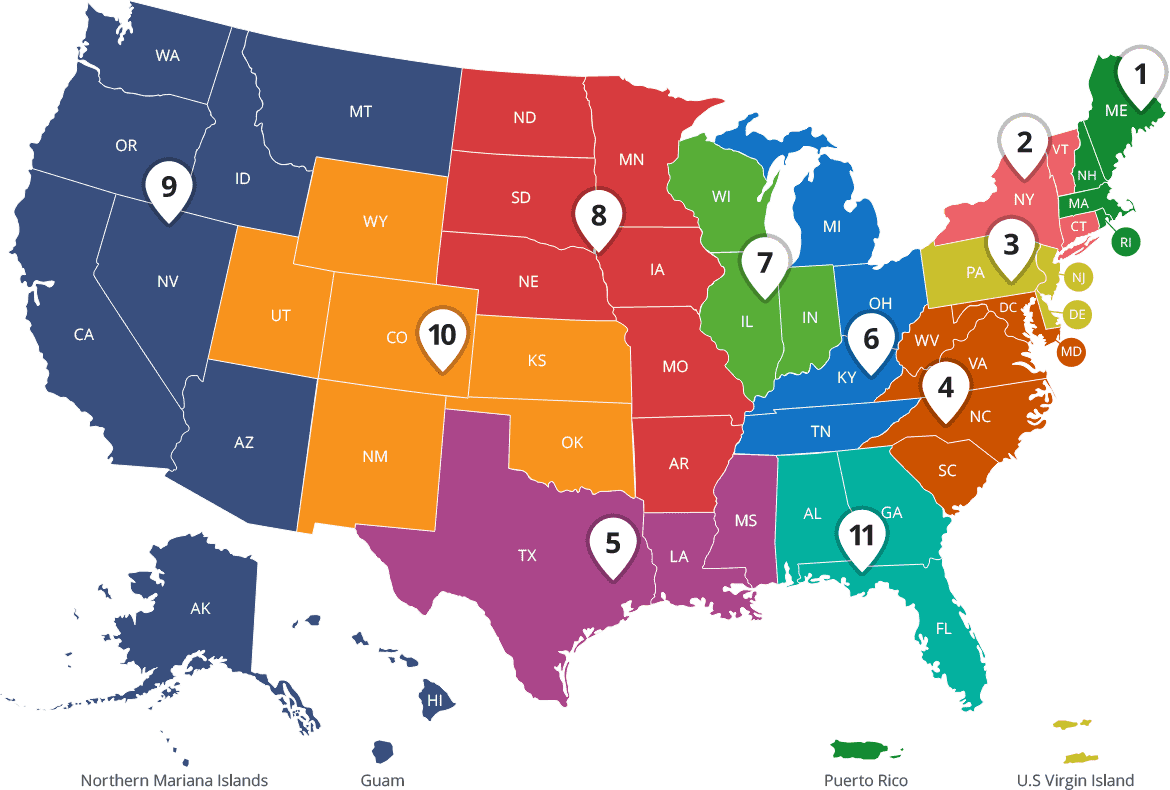
 United States Court of Appeals 1st Circuit
United States Court of Appeals 1st Circuit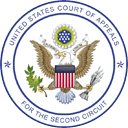 United States Court of Appeals 2nd Circuit
United States Court of Appeals 2nd Circuit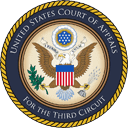 United States Court of Appeals 3rd Circuit
United States Court of Appeals 3rd Circuit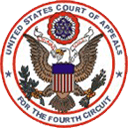 United States Court of Appeals 4th Circuit
United States Court of Appeals 4th Circuit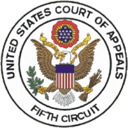 United States Court of Appeals 5th Circuit
United States Court of Appeals 5th Circuit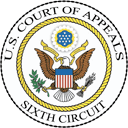 United States Court of Appeals 6th Circuit
United States Court of Appeals 6th Circuit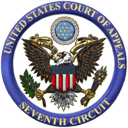 United States Court of Appeals 7th Circuit
United States Court of Appeals 7th Circuit United States Court of Appeals 8th Circuit
United States Court of Appeals 8th Circuit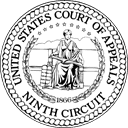 United States Court of Appeals 9th Circuit
United States Court of Appeals 9th Circuit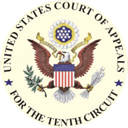 United States Court of Appeals 10th Circuit
United States Court of Appeals 10th Circuit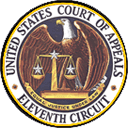 United States Court of Appeals 11th Circuit
United States Court of Appeals 11th Circuit United States Court of Appeals District of Columbia
United States Court of Appeals District of Columbia
The information on this website is taken from records made available by state and local law enforcement departments, courts, city and town halls, and other public and private sources. You may be shocked by the information found in your search reports. Please search responsibly.
Recordsfinder.com is not a “consumer reporting agency” and does not supply “consumer reports” as those terms are defined by the Fair Credit Reporting Act (FCRA). Pursuant to our Terms of Service and Privacy Policy, you acknowledge and agree not to use any information gathered through Recordsfinder.com for any purpose under the FCRA, including but not limited to evaluating eligibility for personal credit, insurance, employment, or tenancy.
Searches of license plate and VIN information are available only for purposes authorized by the Driver’s Privacy Protection Act of 1994 (DPPA).
By clicking “I Agree” you consent to our Terms of Service, agree not to use the information provided by Recordsfinder.com for any unlawful purposes, and you understand that we cannot confirm that information provided below is accurate or complete.
The search you are about to conduct on this website is a people search to find initial results of the search subject. You understand that any search reports offered from this website will only be generated with the purchase of the report or account registration.
